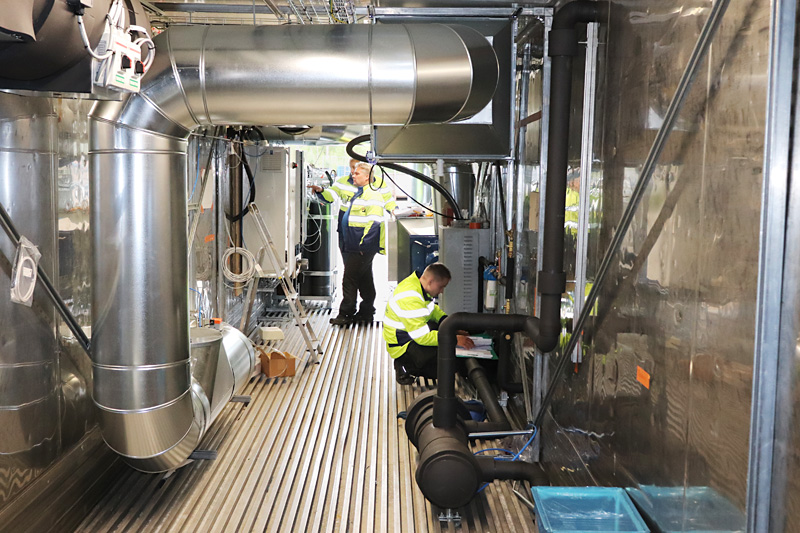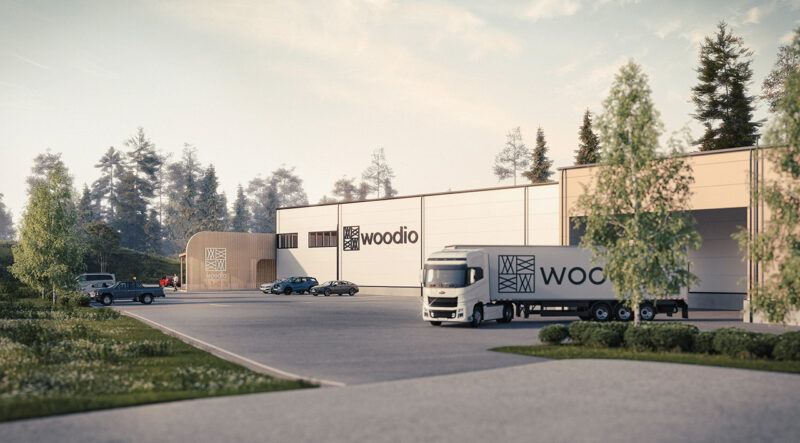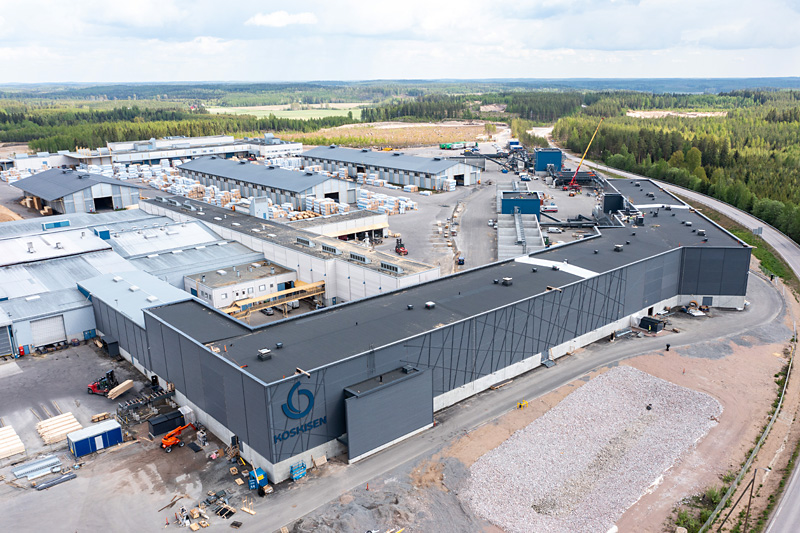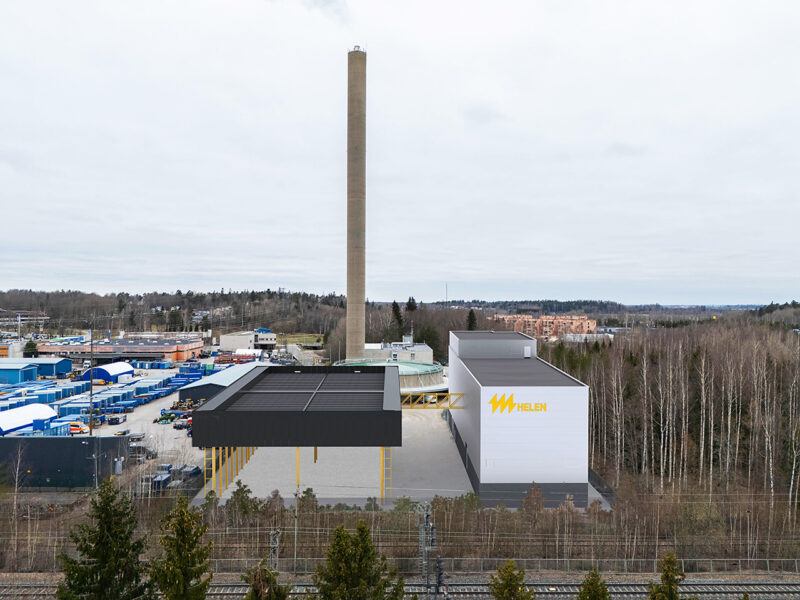VTT / Carbonaide Oy
Pilot equipment for the Carbonaide production method of carbon-negative concrete

About the project
Concrete production accounts for some eight percent of global carbon dioxide emissions, and there is increasing interest among companies in the industry to decrease emissions. That is why Carbonaide, a technology for producing carbon-negative concrete developed by VTT, has attracted major interest. The solution is based on an effective carbonation method that allows carbon dioxide to be bound into concrete blocks using an automated system at atmospheric pressure.
The Carbonaide method was tested in 2022 in Rakennusbetoni ja Elementti Oy’s production in Hollola using a pilot plant built in two industrial containers.
Since the pilot testing in 2022, development of the Carbonaide method has continued based on the lessons learned. A start-up company now continues the work to commercialise the technology, with support from the VTT LaunchPad business incubator.
Fimpec’s role in the project
Fimpec participated in the engineering and implementation of a pilot plant for the technology, which was developed by VTT Technical Research Centre of Finland. Fimpec is now partnering with a start-up company that is developing the technology further. Tapio Vehmas, leader of the Carbonaide team at VTT and currently a staff member at the start-up company, says that Fimpec had a major role in the engineering and commissioning of the pilot plant.
“When the project proceeded to the pilot stage, I sent requests to engineering companies concerning the implementation of the plant. Fimpec contacted us, we started co-operating and set out to jointly work out how to realise the pilot plant, starting from my initial sketches. Later on, Fimpec arranged a competitive tender with subcontractors and helped us budget and actually build the pilot plant,” he says.
As mentioned
Towards commercialisation
“The technology has been proven effective and economically viable. The goal is to sell carbon-binding concrete at the same or even a lower price than existing concrete products. The details have been fine-tuned, and we have shifted the focus of the technology away from the materials and developed the process from a commercial angle. Thanks to these changes, the method is now more scalable,” Vehmas says.
In addition to concrete products, the solution has potential markets in CO2 emissions trade. The emerging company’s business idea also includes receiving CO2 from emissions trading platforms and using it for the benefit of the technology. The binding of CO2 therefore also opens up an additional market for the company.
“From our point of view, this was a very interesting project and we genuinely wanted to be a part of it. It is really exciting to be part of developing a new technology that can help globally decrease carbon dioxide emissions and mitigate climate change,” says Tomi Vainio, Head of Operations at Fimpec.
Contact us
For more information



